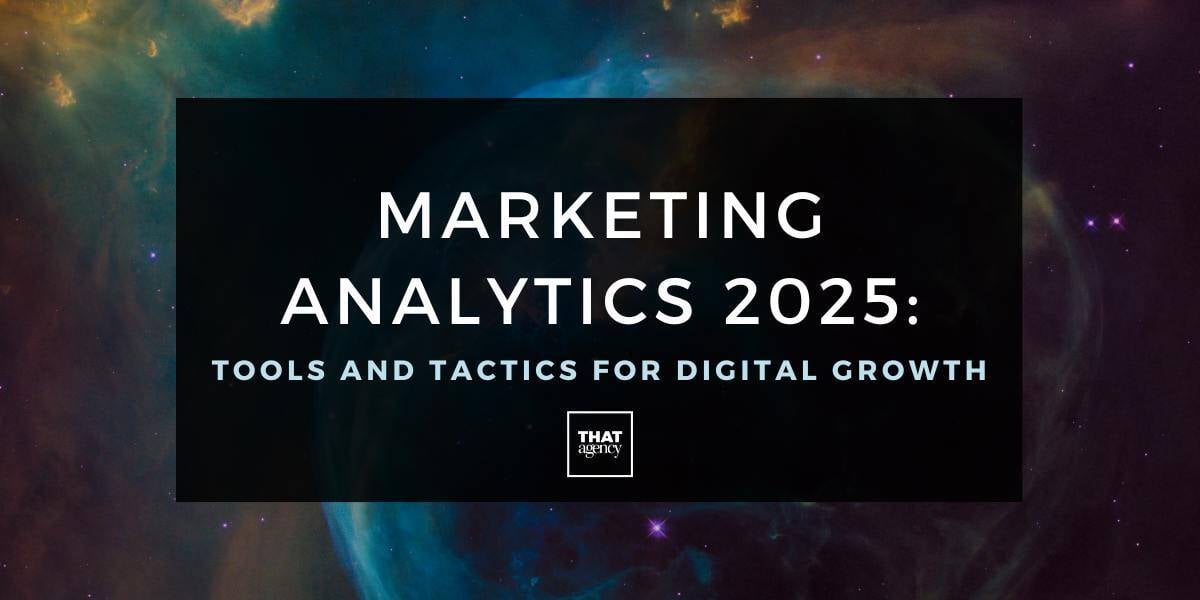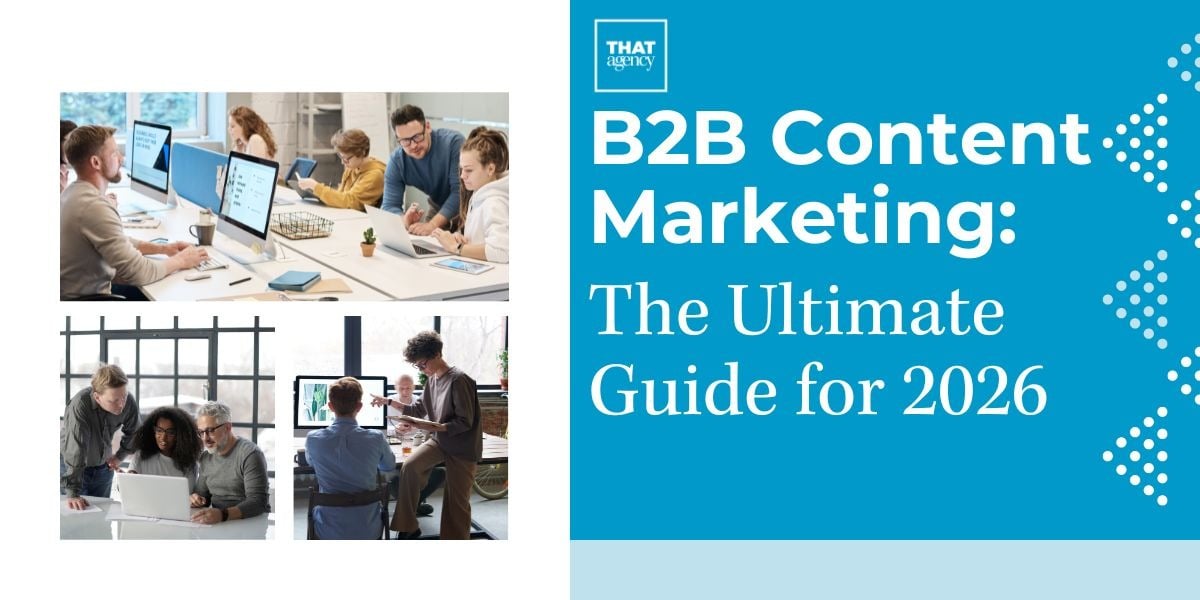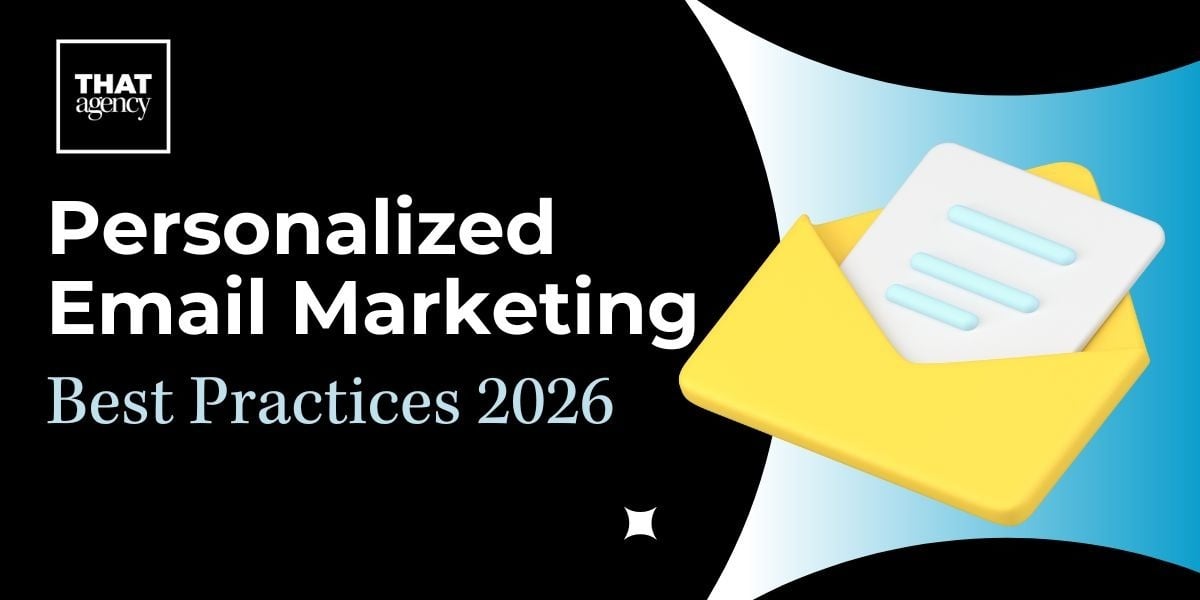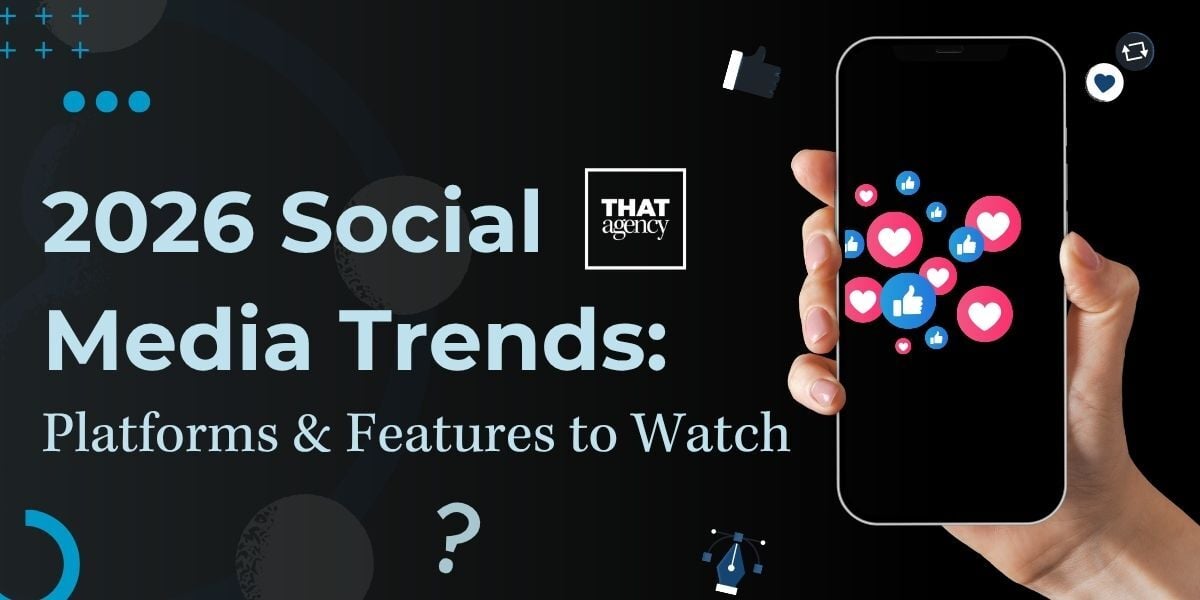If you’re running a business in 2025, you already know how important it is to stay ahead of the competition. In 2025, marketing analytics is your secret weapon. It helps you understand your customers, see what’s working (and what’s not), and grow your business with confidence.
In this post, we’ll break down what marketing analytics is all about, share the best marketing analytics tools, and give you tips to drive digital growth this year. Let’s dive in!

Why Marketing Analytics Matters in 2025
Think of marketing analytics as the GPS for your business. It guides your decisions by showing you what’s happening with your marketing efforts and where to go next. Here’s why it’s a game-changer:
- Know Your Customers Better: By analyzing data, you can figure out what your audience likes, what they don’t, and what motivates them to take action.
- Improve Your Campaigns: Whether it’s social media ads, email marketing, or website updates, analytics helps you see what’s performing well and what needs tweaking.
- Plan for the Future: Predictive analytics tools can help you spot trends before they happen, so you’re always one step ahead.
With the right tools and strategies, marketing analytics helps you make smarter decisions and get better results.
The Best Marketing Analytics Tools for 2025
Marketing analytics tools are the backbone of a successful digital strategy, but with so many options out there, it can feel overwhelming to pick the right ones. Which tools will actually save you time, provide actionable insights, and help your business grow? To make it easier, we’ve broken down the top five marketing analytics tools for 2025 and why they’re worth your attention.
1. Google Analytics 4 (GA4)
Google Analytics 4 is a go-to tool for anyone serious about tracking and improving their online presence. It’s a free platform that provides robust insights into how users interact with your website or app. If you’ve used previous versions of Google Analytics, GA4 offers even more features, focusing on real-time data and predictive analysis.
Why It’s Awesome:
- Tracks user actions in real-time: See what’s happening on your website as it happens, whether it’s a click, a download, or a purchase.
- Predicts customer behavior: With AI-driven insights, GA4 can estimate customer lifetime value and predict who’s likely to convert.
- Seamless Google Ads integration: Optimize your ad campaigns by using data directly from GA4.
Frequently Asked Questions About GA4:
- Is GA4 free?
Yes, GA4 is completely free to use, making it a great option for businesses of all sizes.
- Can I track both websites and apps?
Absolutely! GA4 is designed to track user activity across websites and mobile apps, all in one place.
2. HubSpot
HubSpot is like a Swiss Army knife for digital marketing. It combines marketing analytics, customer relationship management (CRM), and campaign management into one easy-to-use platform. If you’re looking for an all-in-one solution, HubSpot has you covered.
Why It’s Awesome:
- Real-time campaign tracking: See how your email, social media, and ad campaigns are performing without switching between tools.
- Marketing attribution: Identify which channels and campaigns bring in the most leads and revenue.
- Syncs with sales and customer service tools: Align your marketing efforts with your sales and support teams for a seamless customer experience.
Questions About HubSpot:
- Is HubSpot only for large businesses?
No, HubSpot works for businesses of all sizes. It offers free tools as well as paid plans with advanced features.
- What’s the biggest benefit of HubSpot?
Its ability to centralize everything. You don’t need separate tools for email marketing, analytics, and CRM—it’s all in one place.
3. Tableau
For businesses that need detailed, visually appealing data reports, Tableau is a standout choice. It’s a data visualization platform that transforms raw numbers into stunning, interactive dashboards. Whether you’re giving a presentation or analyzing internal metrics, Tableau makes complex data simple.
Why It’s Awesome:
- Customizable dashboards: Tailor your reports to focus on the metrics that matter most to your business.
- Combines data from multiple sources: Integrate data from your CRM, website, social media platforms, and more.
- Predicts trends: Tableau’s AI tools can help you forecast customer behavior and market shifts.
Common Questions About Tableau:
- Is Tableau beginner-friendly?
While it may have a learning curve, Tableau offers plenty of tutorials and resources to help you get started.
- Can small businesses use Tableau?
Yes! Tableau offers pricing plans and features that can fit the needs of both small and large businesses.
4. SEMrush
If your focus is on improving your search engine rankings and online visibility, SEMrush is one of the best tools out there. It’s a comprehensive platform for SEO, content marketing, and competitive research.
Why It’s Awesome:
- Keyword tracking: Monitor how your website ranks for specific keywords over time.
- Competitor analysis: Learn what’s working for your competitors and how you can do it better.
- Content optimization: Get recommendations for improving your website’s content to attract more visitors.
Questions About SEMrush:
- How is SEMrush different from Google Analytics?
SEMrush focuses heavily on SEO and keyword tracking, while Google Analytics provides a broader look at website and app performance.
- Does SEMrush offer a free plan?
SEMrush offers limited free features, but most businesses benefit from its paid plans, which unlock its full capabilities.
5. Mixpanel
Mixpanel is perfect for businesses that rely on apps or online platforms. It focuses on user behavior analytics, helping you understand how people interact with your product. It’s especially useful for improving user experience and retention.
Why It’s Awesome:
- User behavior tracking: See how users navigate your app or website, from their first click to their last interaction.
- A/B testing: Test different ideas to see what works best for your audience.
- Instant reports: Get actionable insights in seconds, not hours.
Common Questions About Mixpanel:
- Can Mixpanel track websites too?
Yes! While it’s known for app tracking, Mixpanel works just as well for websites.
- Is it only for tech companies?
Not at all. Any business with a digital product or service can use Mixpanel to improve user experience and engagement.
How to Choose the Right Tools for Your Business
With so many great options, it’s important to choose tools that fit your goals. Here are a few questions to help guide your decision:
- What’s your budget?
Free tools like Google Analytics 4 are great if you’re just starting out, but paid platforms like SEMrush and HubSpot offer more features for growing businesses.
- What’s your focus?
Are you trying to improve SEO, track user behavior, or create better reports? Different tools specialize in different areas.
- How tech-savvy is your team?
Some tools, like Tableau, require more training than others. Pick a tool that matches your team’s skills and comfort level.
By using these tools and answering these questions, you’ll be able to focus your efforts, save time, and make smarter marketing decisions.
Tips to Grow Your Business with Marketing Analytics
Using marketing analytics is one of the smartest ways to grow your business, but having the right tools is only part of the equation. To see the best results, you need to know how to use the insights they provide. Let’s break down the strategies that can take your business to the next level, plus answer some common questions about using analytics effectively.
1. Break Your Audience into Groups
Not everyone in your audience is the same, and that’s okay! The trick is figuring out what makes each group tick. This is called audience segmentation, and it’s a powerful way to personalize your marketing efforts.
How can I group my audience?
- Demographics: Age, gender, income level, education, etc.
- Location: City, state, or country.
- Behavior: Purchase history, website activity, or app usage.
- Interests: Hobbies, preferences, or favorite products.
Why is this important?
When you send targeted messages to specific groups, you’re more likely to catch their attention. For example, a clothing brand might promote winter coats to customers in colder regions while highlighting swimwear to those in warmer climates. It’s all about relevance!
Pro Tip: Use tools like Google Analytics or HubSpot to segment your audience automatically.
2. Look Ahead with Predictive Analytics
Imagine knowing what your customers want before they even do. That’s the magic of predictive analytics! It uses historical data and trends to predict future outcomes.
What can predictive analytics do?
- Forecast sales trends: See which products will be popular next season.
- Anticipate customer needs: Know when someone might need a refill or replacement.
- Improve inventory management: Avoid overstocking or running out of items.
How do I get started?
Look for analytics tools with built-in AI features, like HubSpot or Tableau. They’ll analyze your data and provide actionable insights, even if you’re not a data scientist.
3. Create Content That Connects
Content is king, but not all content is created equal. Use your analytics to figure out what resonates most with your audience.
What kind of content works best?
- Blog posts: Are your readers searching for how-tos or industry news?
- Social media: Which posts get the most likes, shares, or comments?
- Videos: Do short clips perform better than longer ones?
How can I use analytics for content?
- Track engagement: See which pieces of content get the most views or clicks.
- Measure conversions: Know which blog posts or videos lead to sales or sign-ups.
- Spot trends: Identify topics or formats that are gaining popularity.
Pro Tip: Tools like SEMrush can show you which keywords and topics your competitors are ranking for, giving you inspiration for your own content.
4. Track All Your Channels
Your customers don’t stick to one platform, and neither should you. Analytics tools help you understand how each marketing channel contributes to your overall success.
Which channels should I track?
- Email marketing: Are people opening and clicking your emails?
- Social media: Which platforms are driving the most traffic?
- Paid ads: Are your Google Ads or social campaigns generating ROI?
- Website: What pages are getting the most visits?
Why is this important?
When you know where your efforts are paying off, you can focus on the channels that deliver the best results and adjust or scale back on those that don’t.
Pro Tip: Use tools like Google Analytics or HubSpot for cross-channel reporting.
5. Make Adjustments in Real-Time
Marketing isn’t a “set it and forget it” process. With real-time analytics, you can see what’s working (or not) right now and make changes on the fly.
What kinds of adjustments can I make?
- Ad campaigns: Pause or tweak ads that aren’t performing well.
- Social media: Post more of what’s gaining traction.
- Website updates: Fix pages with high bounce rates or broken links.
Why is this helpful?
Real-time adjustments help you save money, maximize results, and avoid wasting time on strategies that aren’t delivering.
Pro Tip: Platforms like Google Ads and Facebook Ads Manager provide real-time insights into your campaigns.
Challenges You Might Face (And How to Handle Them)
Let’s be honest: working with marketing analytics isn’t always smooth sailing. Here are some common challenges and how to tackle them head-on:
Challenge 1: Too Much Data
It’s easy to feel overwhelmed when you’re drowning in numbers.
Solution:
Focus on a few key metrics that matter most to your goals, such as:
- Website traffic
- Conversion rates
- ROI on ad spend
Start small and expand as you get more comfortable.
Challenge 2: Tools That Don’t Work Together
Nothing is more frustrating than juggling tools that don’t sync.
Solution:
Choose tools that integrate seamlessly, like Google Analytics and HubSpot, or consider using an all-in-one platform.
Challenge 3: Learning Curve
Not everyone is a data expert, and that’s okay.
Solution:
Invest in training for your team or hire someone who specializes in marketing analytics. Many tools, like SEMrush and Tableau, offer free tutorials to get you started.
Marketing analytics is like having a roadmap for your business—it shows you where you’re going and how to get there faster. By breaking your audience into groups, predicting future trends, creating engaging content, tracking your channels, and making real-time adjustments, you’ll be set up for success.
What’s Next for Marketing Analytics?
As we look ahead, the future of marketing analytics is all about adapting to changes, making smarter decisions, and staying ahead of the competition. The way we collect, analyze, and use data is evolving, and businesses need to be prepared for what’s coming next. Here are some trends and questions to consider as we move forward.
1. Privacy Will Be a Top Priority
With increasing concerns about how data is collected and used, privacy is becoming a bigger focus in marketing analytics. Governments are implementing stricter regulations to protect consumers, and businesses need to adjust their strategies to comply.
What does this mean for businesses?
- Tools and platforms must follow data privacy laws like GDPR (General Data Protection Regulation) and CCPA (California Consumer Privacy Act).
- Businesses will need to be transparent about how they collect and use customer data.
- First-party data (information you collect directly from customers, like email addresses or purchase history) will become even more valuable as third-party cookies are phased out.
How can businesses prepare?
- Invest in tools that prioritize privacy and security.
- Build trust with your audience by being upfront about your data practices. Let them know how their information is used and give them the option to opt-out if they choose.
- Focus on collecting first-party data through things like email sign-ups, surveys, and loyalty programs.
2. Artificial Intelligence Will Take Center Stage
Artificial intelligence (AI) is no longer just a buzzword—it’s becoming a key part of marketing analytics. AI tools can help businesses analyze data faster, predict trends, and even automate decision-making.
What can AI do for marketing analytics?
- Predict Customer Behavior: AI can analyze past data to predict what your customers might do next, like what products they’re likely to buy or when they’re most likely to engage with your emails.
- Personalize Marketing: AI can create highly targeted campaigns based on customer preferences, making your marketing feel more personal.
- Automate Tasks: From creating reports to optimizing ad campaigns, AI can handle repetitive tasks, freeing up your team to focus on strategy.
How to get started with AI in marketing analytics?
- Look for tools that use AI to simplify data analysis, like Google Analytics 4 or HubSpot.
- Experiment with AI-powered features like chatbots, predictive analytics, and automated content creation.
- Train your team on how to use these tools effectively so they can make the most of the technology.
3. Real-Time Analytics Will Be the Standard
Gone are the days of waiting weeks to see how your campaigns are performing. Real-time analytics is becoming the norm, allowing businesses to make instant adjustments and get better results.
Why does real-time analytics matter?
- You can quickly see what’s working and what’s not.
- It helps you respond to changes in customer behavior immediately, so you don’t waste time or budget on strategies that aren’t effective.
- Real-time data keeps you agile, which is critical in fast-paced industries.
What tools can help with real-time analytics?
- Platforms like Mixpanel, Tableau, and Google Analytics 4 provide real-time insights into website traffic, campaign performance, and customer behavior.
- Social media tools like Hootsuite or Sprout Social allow you to monitor engagement as it happens and tweak your strategies accordingly.
4. Visual Data Will Drive Better Decisions
Let’s face it—staring at spreadsheets can be overwhelming. That’s why tools that turn data into visual insights are becoming more popular. Charts, graphs, and dashboards make it easier to understand your data and share it with your team.
Why are visual tools important?
- They make complex data more accessible, so even non-technical team members can understand it.
- Visuals help you spot trends and patterns quickly.
- They’re great for presentations or sharing progress with stakeholders.
What tools can create visual reports?
- Tableau is one of the top choices for turning raw data into beautiful, interactive dashboards.
- Google Data Studio is a free tool that connects to your Google Analytics and other platforms for customized reporting.
- HubSpot also offers customizable dashboards to track performance across your campaigns.
5. The Rise of Predictive and Prescriptive Analytics
Predictive analytics uses historical data to predict future outcomes, while prescriptive analytics goes a step further by recommending specific actions to take. Together, these approaches are shaping the future of marketing analytics.
How can predictive and prescriptive analytics help businesses?
- They can identify trends before they happen, giving you a competitive edge.
- They recommend the best actions to achieve your goals, like which channels to focus on or when to launch a campaign.
- They reduce guesswork, so you’re making decisions based on data rather than assumptions.
Examples of tools offering predictive and prescriptive analytics:
- IBM Watson Analytics
- Salesforce Einstein Analytics
- SAS Advanced Analytics
6. Integration Across Platforms Will Be Essential
As businesses use more tools to manage their marketing, ensuring these tools work well together is critical. Integration allows for smoother workflows, better data sharing, and a more complete picture of your marketing efforts.
What should you look for in integrated platforms?
- Compatibility with other tools you’re already using, like your CRM, email marketing software, and social media scheduler.
- APIs or built-in integrations that connect data from different sources into one central hub.
- Platforms that allow you to manage multiple aspects of your marketing in one place, like HubSpot or Salesforce.
What Does This Mean for Your Business?
The future of marketing analytics is exciting, but it also comes with new challenges. To stay ahead, focus on:
- Keeping up with privacy laws and building trust with your audience.
- Embracing AI and automation to save time and improve performance.
- Investing in tools that provide real-time insights and visual reports.
- Exploring predictive analytics to stay ahead of trends.
- Ensuring all your platforms work together seamlessly.
Take Action Today
Marketing analytics is always changing, and 2025 is bringing new growth opportunities. Whether you’re looking to improve your current strategies or start fresh, the key is to stay informed and proactive.
Ready to Take the Next Step?
Marketing analytics is your ticket to smarter decisions and better results in 2025. By using the right marketing analytics tools and putting the tips we’ve shared into action, you’ll be on your way to digital growth.
Need help getting started? Contact THAT Agency to learn how we can help you make the most of your marketing analytics. Let’s work together to grow your business this year!


.jpg)

